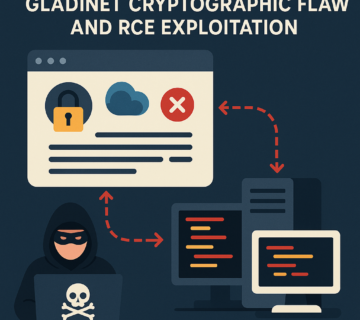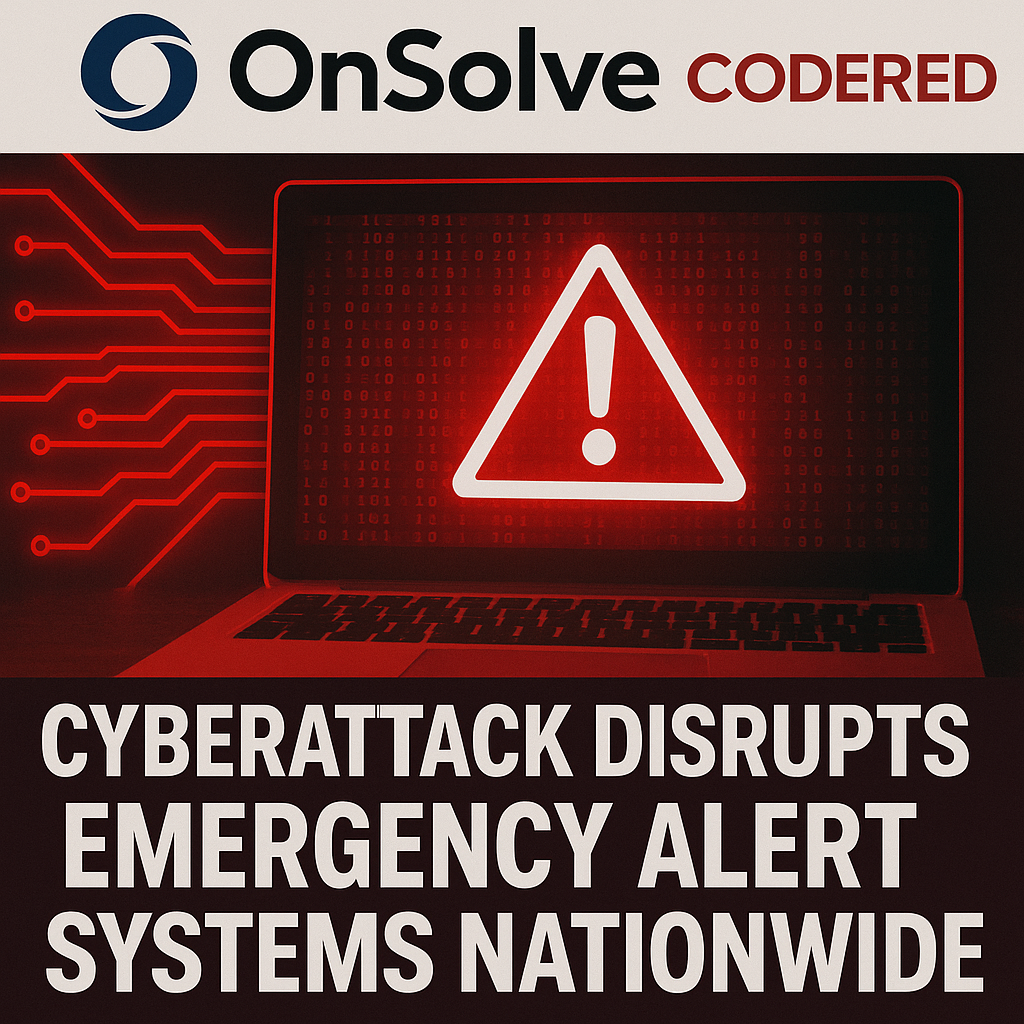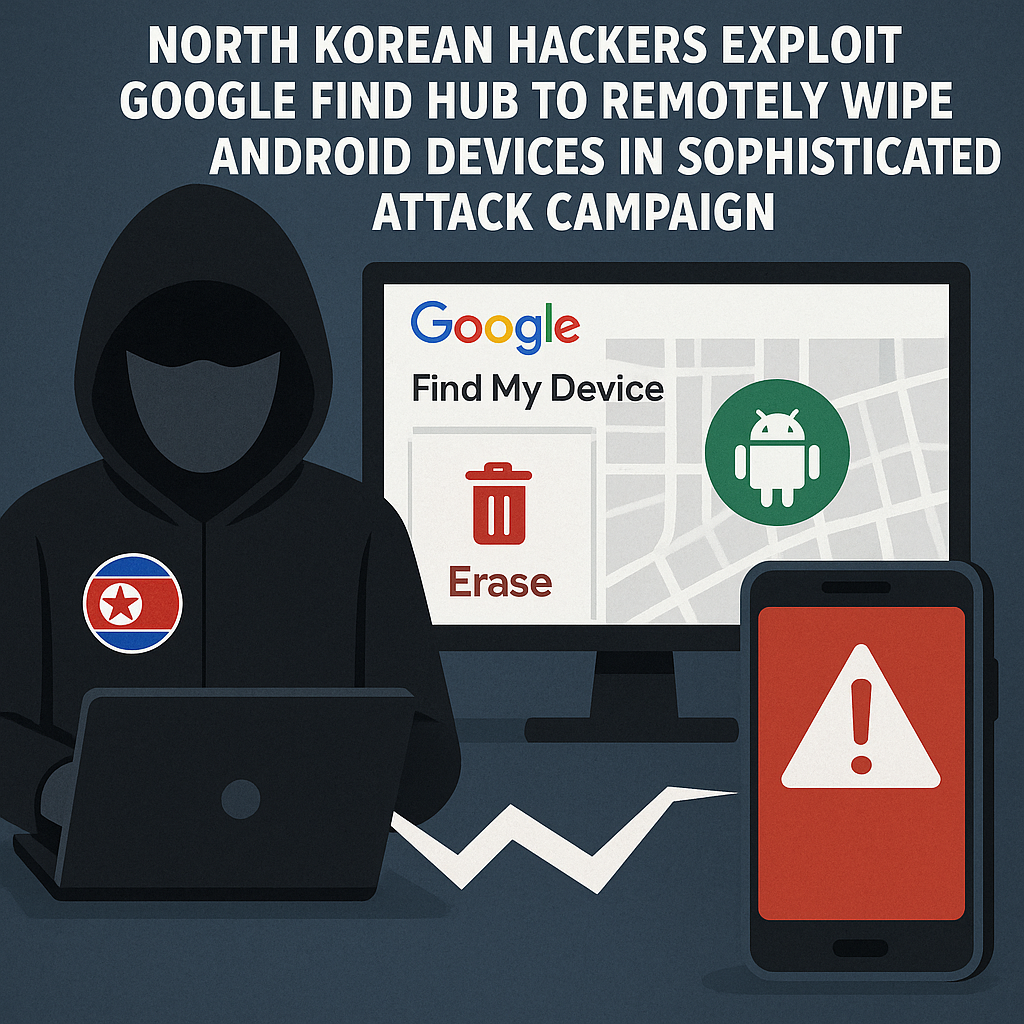The Evolution of Cyber Deception: How Modern Attackers Use Trusted Platforms for Native Phishing
🎙️ Dive Deeper with Our Podcast!
Native Phishing: Cyber Deception in Trusted Platforms
👉 Listen to the Episode: https://technijian.com/podcast/native-phishing-cyber-deception-in-trusted-platforms/
In the ever-changing landscape of cybersecurity threats, attackers have shifted from brute-force exploitation to sophisticated trust-based deception. A new breed of cybercriminals is leveraging the very tools organizations rely on daily, turning trusted applications into weapons of mass credential theft.
Understanding Native Phishing: A New Threat Paradigm
Traditional phishing campaigns relied heavily on suspicious email attachments and obvious red flags that trained users could identify. Today’s attackers have evolved beyond these crude methods, embracing what security experts now term “native phishing” – a technique that exploits legitimate collaboration features within trusted enterprise applications.
Native phishing represents a fundamental shift in attack methodology. Instead of trying to bypass security systems through technical exploits, attackers focus on exploiting human trust and leveraging built-in platform features that organizations depend on for daily operations. This approach proves devastatingly effective because it operates within the bounds of normal business processes.
The Perfect Storm: OneNote as an Attack Vector
Microsoft OneNote has emerged as an unexpected favorite among cybercriminals seeking to deliver malicious content. Unlike traditional Office applications such as Word or Excel, OneNote operates outside many standard security protocols that organizations implement.
The application’s design makes it particularly attractive to threat actors. OneNote files can circumvent the usual Protected View safeguards that are designed to isolate and inspect potentially harmful documents. The platform’s flexible formatting capabilities allow attackers to create visually convincing layouts that mirror legitimate business communications. Most importantly, OneNote supports embedding external links and files, providing attackers with multiple vectors for payload delivery.
Security teams often overlook OneNote in their defensive strategies because it doesn’t support VBA macros – a common attack vector in other Office applications. This oversight creates a blind spot that sophisticated attackers readily exploit.
Anatomy of a Modern Native Phishing Campaign
Recent investigations have uncovered a particularly clever attack sequence that demonstrates the sophistication of modern phishing operations. The attack begins when cybercriminals compromise a single user account through traditional phishing methods, but this initial breach serves as merely the foundation for a much larger campaign.
Once inside the organization’s Microsoft 365 environment, attackers create malicious OneNote files within the compromised user’s personal OneDrive storage. These files contain embedded links that redirect victims to credential harvesting websites designed to steal login information.
The brilliance of this approach lies in its use of legitimate Microsoft sharing features. Rather than spoofing external email addresses to impersonate Microsoft notifications, attackers use OneDrive’s built-in file sharing functionality. This generates authentic Microsoft email notifications that appear to originate from trusted colleagues within the organization.
Recipients receive what appears to be a standard “Someone shared a file with you” notification, complete with legitimate Microsoft branding and secure links pointing to files hosted within their own organization’s OneDrive environment. These emails pass all standard authentication checks because they are, in fact, legitimate Microsoft communications.
The Role of AI-Powered Website Builders in Cybercrime
Modern phishing campaigns benefit tremendously from the democratization of web development through AI-powered, no-code platforms. Attackers increasingly rely on services like Flazio, ClickFunnels, and JotForm to rapidly create convincing replicas of legitimate login portals.
These platforms offer several advantages for cybercriminals. Free trial periods allow attackers to build and deploy phishing sites without financial investment. AI-powered design tools help create professional-looking pages that closely mirror target organizations’ actual login interfaces. The speed of deployment means attackers can launch campaigns within hours of identifying targets.
The visual fidelity achieved through these platforms proves remarkably effective at deceiving users. Side-by-side comparisons between legitimate authentication portals and their fraudulent counterparts reveal disturbing similarities that challenge even security-aware users’ ability to distinguish between real and fake interfaces.
Recognizing the Warning Signs
Organizations must train their workforce to identify subtle indicators of native phishing attempts. Unlike traditional phishing emails with obvious grammatical errors or suspicious sender addresses, these campaigns appear legitimate at first glance.
Users should scrutinize unexpected file sharing notifications, particularly those requesting immediate action or credential verification. Pay attention to slight variations in familiar login interfaces, such as unusual URL structures or minor design inconsistencies. Be cautious of urgent requests that bypass normal business processes, even when they appear to come from trusted colleagues.
Security teams should monitor for unusual patterns in file sharing activities, particularly spike in sharing events from individual accounts. Anomalous access to no-code website builders or unfamiliar domains in network traffic may indicate ongoing phishing infrastructure development.
Building Organizational Resilience
Mitigating native phishing threats demands a layered defense strategy that integrates robust technical safeguards with proactive, user-focused security training. Organizations must implement robust identity and access management systems that include multi-factor authentication and conditional access policies for all users, including executives and high-privilege accounts.
Regular security awareness training should evolve beyond traditional phishing recognition to include scenarios involving trusted applications and internal file sharing. Simulated phishing exercises should incorporate native phishing techniques to test real-world response capabilities and identify areas for improvement.
Technical controls should include granular monitoring of file sharing behaviors within collaboration platforms. Security teams should establish baseline activity patterns for users and implement alerting for deviations that may indicate account compromise or misuse.
Network monitoring should include traffic analysis for connections to known no-code platform domains and suspicious website builders. DNS filtering can help block access to newly registered domains that may host phishing infrastructure.
The Human Element in Cybersecurity
Despite technological advances in security tooling, human behavior remains both the greatest vulnerability and the strongest defense against sophisticated phishing campaigns. Businesses should foster an environment where practicing security awareness is instinctive and ingrained in daily operations, not treated as a secondary concern.
Effective security awareness programs should emphasize practical scenarios rather than theoretical threats. Employees need regular exposure to current attack techniques through simulated exercises that mirror real-world campaigns. Training should cover not just recognition of threats but also proper reporting procedures and incident response protocols.
Leadership engagement proves critical for security awareness success. When executives participate in training programs and demonstrate security-conscious behavior, it reinforces the importance of cybersecurity throughout the organization.
Technology Integration for Enhanced Defense
Today’s cybersecurity strategies demand a unified ecosystem of technologies that seamlessly collaborate to identify, assess, and counter advanced threats. Email security gateways must evolve beyond signature-based detection to include behavioral analysis and machine learning capabilities.
User and Entity Behavior Analytics (UEBA) solutions can identify anomalous patterns that may indicate account compromise or insider threats. These systems establish baseline behaviors for individual users and can detect deviations that human analysts might miss.
Security orchestration platforms can automate initial incident response procedures, reducing the time between threat detection and containment. Integration between security tools enables more comprehensive threat intelligence and faster response capabilities.
Frequently Asked Questions
What makes native phishing different from traditional phishing attacks?
Native phishing exploits legitimate features within trusted enterprise applications rather than relying on malicious attachments or obvious deception. Attackers use built-in collaboration tools like OneDrive sharing to distribute malicious content, making detection significantly more challenging because the communications appear completely legitimate.
Why is OneNote particularly vulnerable to abuse by attackers?
OneNote lacks many security restrictions found in other Office applications. It doesn’t trigger Protected View warnings, supports flexible formatting for deceptive layouts, and allows embedding of external links and files. Security teams often overlook OneNote because it doesn’t support VBA macros, creating a defensive blind spot.
How can organizations detect native phishing campaigns targeting their workforce?
Organizations should monitor for unusual spikes in file sharing activity from individual accounts, particularly when sharing patterns deviate from historical norms. Network traffic analysis can identify connections to no-code website builders or suspicious domains. User behavior analytics can detect anomalous access patterns that may indicate account compromise.
What role do AI-powered website builders play in modern phishing attacks?
AI-powered platforms like Flazio, ClickFunnels, and JotForm enable attackers to rapidly create professional-looking phishing sites that closely mirror legitimate login portals. Free trial periods allow cybercriminals to build and deploy attack infrastructure without financial investment, while AI tools help create convincing visual replicas of target organization interfaces.
To what extent can conventional email security tools defend against native phishing attacks?
Traditional email security solutions prove less effective against native phishing because the malicious communications originate from legitimate Microsoft services and pass standard authentication checks. These emails contain no malicious attachments and use trusted domains, making them difficult for conventional security tools to identify as threats.
What training should organizations provide to help employees recognize native phishing attempts?
Training programs should include scenarios involving trusted applications and internal file sharing rather than focusing solely on traditional phishing indicators. Employees need exposure to current attack techniques through realistic simulations that mirror actual campaigns. Training should emphasize verification procedures for unexpected requests, even from apparent colleagues.
How can security teams establish effective monitoring for native phishing activities?
Security teams should implement behavioral monitoring that establishes baseline activity patterns for file sharing and collaboration tools. Alerting systems should trigger on deviations from normal patterns, such as unusual sharing volumes or access to unfamiliar external sites. Integration between email security, network monitoring, and user behavior analytics provides comprehensive visibility.
What immediate steps should organizations take if they suspect a native phishing campaign?
Immediate response should include isolating potentially compromised accounts, reviewing recent file sharing activities for anomalous patterns, and analyzing network traffic for connections to suspicious domains. Organizations should communicate with potentially affected users while preserving forensic evidence for detailed investigation.
How Technijian Can Strengthen Your Cybersecurity Posture
At Technijian, we understand that modern cyber threats require sophisticated defensive strategies that go beyond traditional security approaches. Our comprehensive cybersecurity services address the evolving threat landscape, including emerging attack vectors like native phishing campaigns.
Our security experts provide round-the-clock monitoring and threat detection capabilities that identify suspicious activities across your entire digital infrastructure. We implement advanced behavioral analytics that establish baseline patterns for user activities and detect deviations that may indicate compromise or malicious activity.
Technijian’s security awareness training programs prepare your workforce to recognize and respond to sophisticated phishing attempts, including those that exploit trusted applications and collaboration platforms. Our training modules incorporate real-world scenarios and current attack techniques to ensure your employees can identify threats that traditional awareness programs might miss.
Our incident response services provide immediate support when security incidents occur, minimizing impact through rapid containment and forensic analysis. We work closely with your internal teams to develop comprehensive response procedures that address both technical remediation and business continuity requirements.
Through partnerships with leading security technology providers, Technijian implements integrated defense solutions that provide comprehensive protection against advanced threats. Our security architects design layered defense strategies that combine email security, network monitoring, endpoint protection, and user behavior analytics into cohesive security ecosystems.
Contact Technijian today to learn how our cybersecurity expertise can help protect your organization against evolving threats and ensure your business maintains resilience in an increasingly complex threat environment.
About Technijian
Technijian is a premier managed IT services provider, committed to delivering innovative technology solutions that empower businesses across Southern California. Headquartered in Irvine, we offer robust IT support and comprehensive managed IT services tailored to meet the unique needs of organizations of all sizes. Our expertise spans key cities like Aliso Viejo, Anaheim, Brea, Buena Park, Costa Mesa, Cypress, Dana Point, Fountain Valley, Fullerton, Garden Grove, and many more. Our focus is on creating secure, scalable, and streamlined IT environments that drive operational success.
As a trusted IT partner, we prioritize aligning technology with business objectives through personalized IT consulting services. Our extensive expertise covers IT infrastructure management, IT outsourcing, and proactive cybersecurity solutions. From managed IT services in Anaheim to dynamic IT support in Laguna Beach, Mission Viejo, and San Clemente, we work tirelessly to ensure our clients can focus on business growth while we manage their technology needs efficiently.
At Technijian, we provide a suite of flexible IT solutions designed to enhance performance, protect sensitive data, and strengthen cybersecurity. Our services include cloud computing, network management, IT systems management, and disaster recovery planning. We extend our dedicated support across Orange, Rancho Santa Margarita, Santa Ana, and Westminster, ensuring businesses stay adaptable and future-ready in a rapidly evolving digital landscape.
Our proactive approach to IT management also includes help desk support, cybersecurity services, and customized IT consulting for a wide range of industries. We proudly serve businesses in Laguna Hills, Newport Beach, Tustin, Huntington Beach, and Yorba Linda. Our expertise in IT infrastructure services, cloud solutions, and system management makes us the go-to technology partner for businesses seeking reliability and growth.
Partnering with Technijian means gaining a strategic ally dedicated to optimizing your IT infrastructure. Experience the Technijian Advantage with our innovative IT support services, expert IT consulting, and reliable managed IT services in Irvine. We proudly serve clients across Irvine, Orange County, and the wider Southern California region, helping businesses stay secure, efficient, and competitive in today’s digital-first world.





